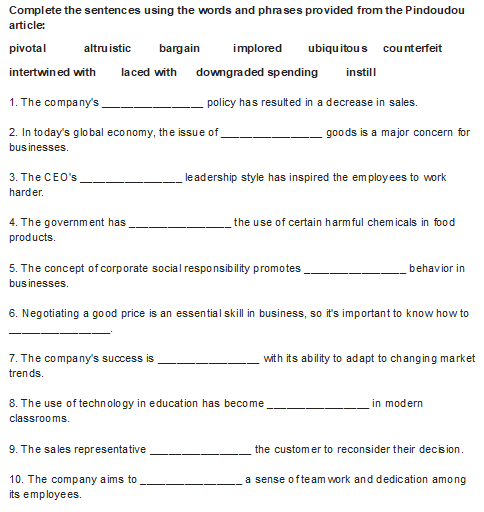As English teachers, we’re always on the lookout for teaching tools that are effective, easy to implement and fun. In this post, George Arping from HELTA is sharing a method that meets all of the above criteria and has worked very well for her so far.
The Goldilocks Method has morphed from something I learnt at BESIG many years ago. It’s a positive, feel-good reading tool which shows students how much they actually know.
In the fairy tale with the girl and the three bears, Goldilocks prefers porridge that is neither “too hot” nor “too cold” but “just right”. Likewise, students prefer tasks that are neither too easy (boring) nor too hard (demotivating). It’s exercises that are at the same time challenging and manageable that keep learners engaged and motivated.
The Goldilocks Method can be used in both the virtual and on-prem classroom and has never failed so far.
However, I wouldn’t do this online in a large group as it would take too much time. It works well in smallish online classes or any size face-to-face.
How to use the Goldilocks Method online
First off, find an article suitable for your group to read, or ask them to find something they’d like to read. The latter option can be riskier but still works.
Once you have found a suitable text, follow these steps:
-
- 1. Ask a participant to screen share the article.
- 2. Highlight the whole first paragraph in a colour and ask the group to read the paragraph – either as a group or individually, your choice.
- 3. Then, ask them if there are any words/ phrases which they’re unsure of and “un-highlight” them.

- 4. Ask whether they could understand the paragraph even without this word or phrase, based on the context.
- 5. Continue in this way until you finish the article.
- 6. Go back to the top of the article and now look at the vocab which they were unsure of; there’s lots you can do here, eg, ask if they think they can explain the word.
- 7. Once they know what the word is, you can expand on the word family, add prefixes or suffixes, synonyms or antonyms, etc.
- 8. Finally, check stress and intonation.
I then emphasise to the group how many words and phrases they really know (by the amount of highlighted text!).
After the lesson, I run the words and phrases from the text through ChatGPT and ask for a gap-fill exercise (be careful: you always, always, always have to check what ChatGPT spits out!).
Here’s an example of a Goldilocks-inspired gapfill exercise:

I usually start the following lesson with the worksheet, or send it to them as homework.
How to use the Goldilocks Method face-to-face
The Goldilocks Method can be used face-to-face, and the procedure is almost identical. The main difference is that you’ll have to equip each group with a photocopy of the article and coloured highlighter pens.
Then, simply follow these steps:
- 1. Get each student to highlight each word they know as they go through the first paragraph.
- 2. Ask if there are any words that they are unsure of and then continue as above from point 4 onwards.
This method should be engaging and motivating for your learners, because it allows them to expand on existing knowledge while at the same time appreciating how far they have already come.
So enjoy your warm porridge, knowing that good will breed better!
You can find out more about the Goldilocks principle and how it can be applied in the (online) classroom here.
***
If you found this article helpful, you may also like this post on gap-fill exercises.






